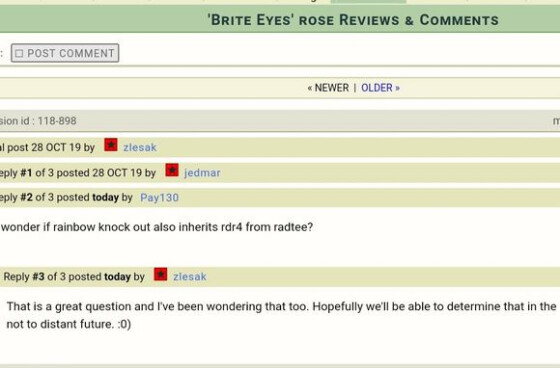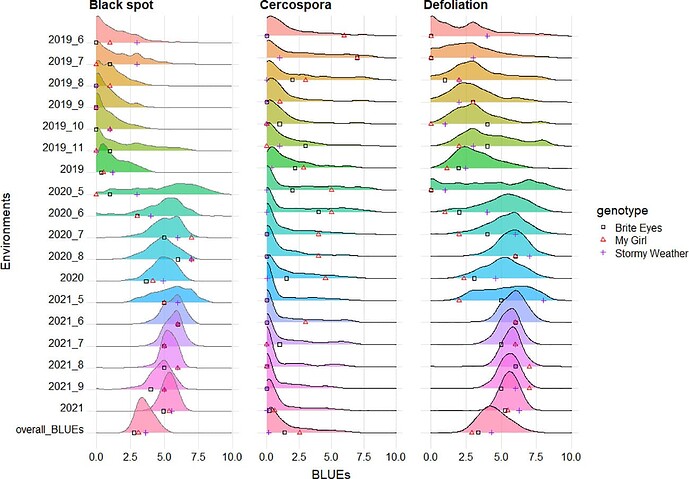The website did not provide an answer
Some of the peerless beauty varieties carry a new anti black spot gene Rdr4, which can resist all black spot bacteria that have not been planted in peerless beauty areas. It will take some time for black spot bacteria to conquer Rdr4 on a large scale.
Radr4 is a gene with simple inheritance. Using modern blue * brine eyes, 50% of offspring are immune to black spots.
Although elegance francaise has good resistance to black spots, its actual performance is not as impressive as Herzogin Christiana. I don’t know how many anti black spot genes Herzogin Christiana has, but it has only one dominant gene that is easy to inherit
What is the principle of 50% genetic inheritance? The probability of Rrrr being generated by Rrrr * rrrr
Rrrr has a 3/6 probability of producing Rr gametes
The 2010 Earth kind test discovered some cultivated varieties that can resist black spot bacteria 3, 8, and 9, all of which are Knock Out cultivated by Williams Radle.
The red highlighted varieties of immune 3, 8, and 9 and the recognized disease resistant Rosa Wichuraiana, New Dawn, The Fairy in the picture












